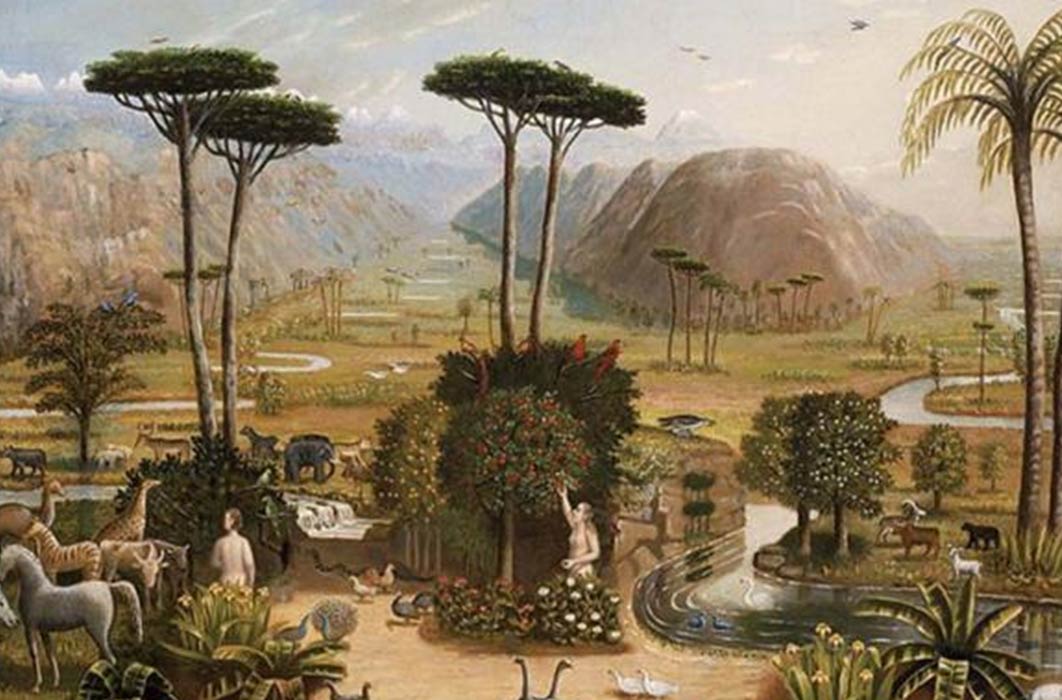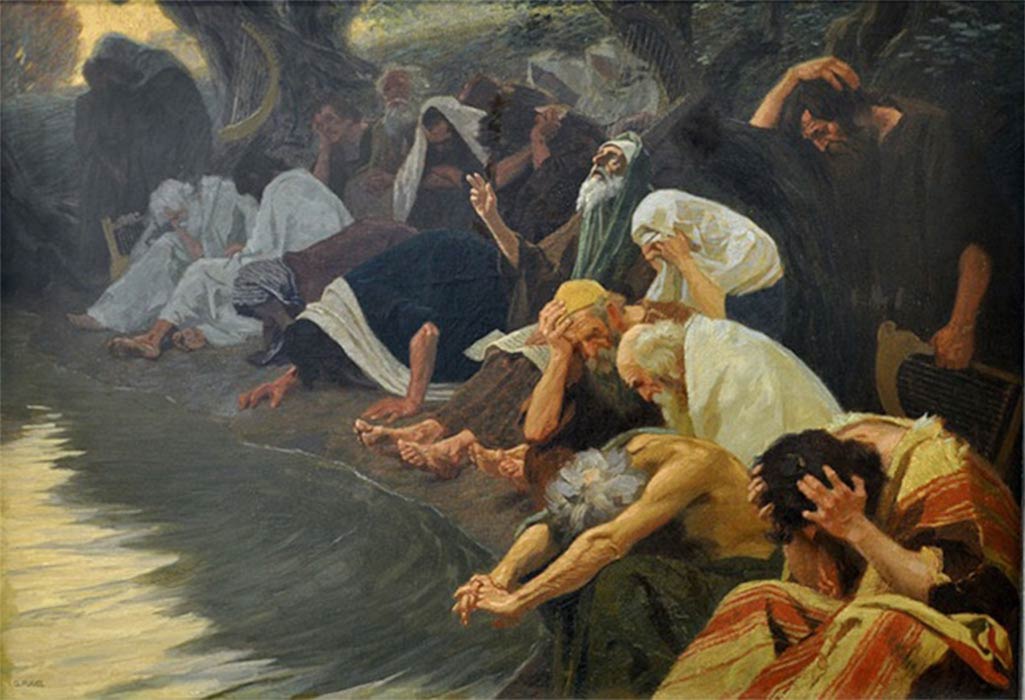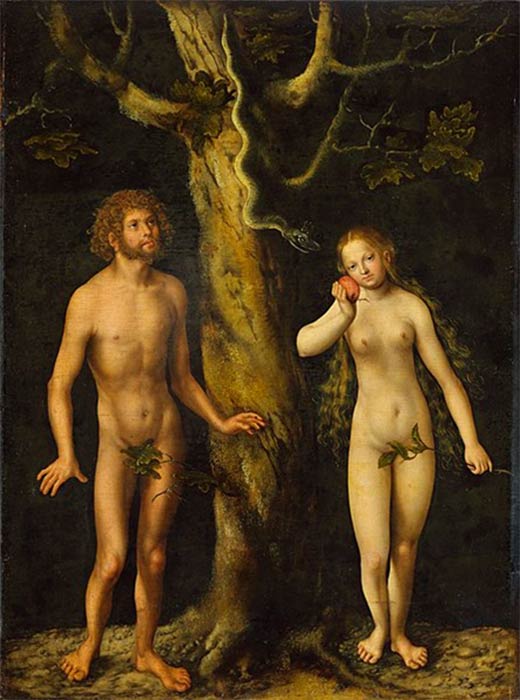
Pinpointing The Celestial Garden Of Eden By Hallowed Heavenly Writing
The historical existence of the Garden of Eden (Genesis 2:4-3:24) remains a mystery. The Hebrew text depicts the Judaic Deity, Adam, Eve, and the villainous Serpent interacting within an intimate setting—Adam and Eve hearing God’s footsteps as he strolled through the Garden, then hiding from his sight, the Deity’s multiple conversations with the first man and woman, and the Serpent’s face-to-face dialogue with Eve. Yet the notion of imminent proximity is contradicted by geographical data in the same passage.
![Illustration to Paradise Lost"... he [Satan] held on /His midnight search, where soonest he might finde /The Serpent: him fast sleeping soon he found ..." by Gustave Doré (Public Domain)](https://members.ancient-origins.net/sites/default/files/image002_141.jpg)
Illustration to Paradise Lost"... he [Satan] held on /His midnight search, where soonest he might finde /The Serpent: him fast sleeping soon he found ..." by Gustave Doré (Public Domain)
Eden’s sole river branches into four tributaries whose localities are verified by later Old Testament passages. The river Pishon winds through Havilah, which is Arabia; the Gihon river meanders through the land of Cush, the Hebrew word for Ethiopia; the Tigris flows east of the Assyrian religious capital at Asshur, and the renowned Euphrates courses through Babylonia. The circumstance is further confounded by the fact that the Arabian Pishon and Ethiopian Gihon rivers are never mentioned again in the Bible. And here lies the mystery: How did the characters in the Garden of Eden narrative manage to remain visible and audible while simultaneously occupying a terrain that spans thousands of miles? And how did two enigmatic rivers, the Pishon and Gihon, spontaneously materialize in Eden?

By the Rivers of Babylon by Gebhard Fugel (1920) (Public Domain)
The Mindset Of The Genesis Authors
Ironically, the answer has been visible in plain sight since Genesis was written. To see it one needs to first relinquish the modern, science-oriented mindset and embrace the cognitive worldview of the Genesis authors. The Old Testament recounts that during the Babylonian subjugation (586-538 BC) Jewish sages were conscripted into the entourage of vanquishing King Nebuchadnezzar II and his successors. There, Judaic neophytes were then indoctrinated with the most revered Mesopotamian astrological tenet—that the starry sky embodied hallowed ‘Heavenly Writing’ that imparted unassailable truths through pictorial and literary wordplay embedded in the constellations’ images and titles.
Once retrojected into this arcane thinking-paradigm one re-encounters a Garden-constellation whose titles render: Steppe-land (Eden in Hebrew), Asshur, Cush, and Serpent alongside the terms River Pishon and River Gihon. Situated beside the stellar Garden was Man- (Adam in Hebrew) and Woman-constellation. Southwest of the stellar Garden hovers a constellation-god whose Sumerian sobriquet rendered ‘He-Will-Be’, (or Yahweh in Hebrew, the personal name of the Hebraic Deity). When plotted on a star map it becomes evident that all of the Garden of Eden legend’s actors and geographic landmarks lie in close proximity while simultaneously defining earthly localities separated by thousands of miles—a situation that perfectly mirrors their interrelationship in Genesis.

Adam, Eve, and the Serpent in the Garden of Eden by Lucas Cranach the Elder. (1510) National Museum Warsaw (Public Domain)




